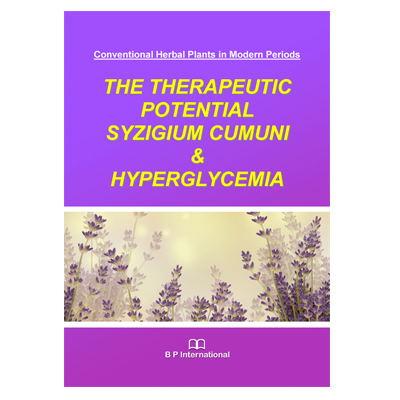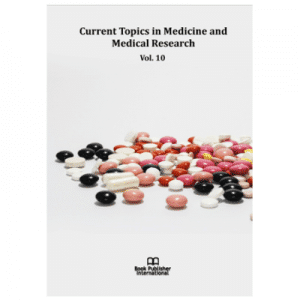Conventional Herbal Plant (CHP) is dominant and affordable health care system in mostly all countries across the globe. Encompassing a diverse array of Conventional herbal health practices and practioners, common herbal plants are developing as a new stream of “alternative” or “complementary” medicine to cope with the surging chronic non communicable diseases and life style disorders. The mounting recognition of common herbal plants has developed new avenues for a world wide competitive business regime, cornered on various health products such as food supplements, herbal drugs, cosmeceuticals and nutraceutical. CHP is locating new frontiers of research and development through the interactions of an “omics”- cornered system biology approach.
Plants have been an integral components of conventional medicare practices in several countries and cultures. The time-tested conventional uses and characteristics of various medicinal herbal plants have led to the discovery of modern synthetic drugs.
Syzigium cumuni is the largest genus of Myrtaceae family with an estimated 1200 species (Govaerts et al. 2008). It is an old genus of evergreen shrubs, its name was adopted by Gaertner(1788) from Browne’s (1756) genus Suzygium, but with a corrected spelling.Its etymology is from the Greek word Syzygos, which means “yoked together “and from Latin word Syzygia. Some other species of Syzigium are economically important and are widely ploughed for their edible fruits and medicinal and aromatic characterstics. Syzigium cumuni also known as Jamun, Jambolanum, Jambul, black plum and Malabar plum. There are also various other little famous species of with great prospects for their cultivation.
Among the economically important syzigium species is an Indo- Malaysian tree. It is ploughed widely in different tropical and subtropical countries for its multifunctional use as food, timber and land scope tree, dye and medicine in folklore, along with in conventional systems of medicine, particularly for hyperglycemia. It inhibits the carbohydrates – hydrolyzing enzymes, increase insulin secretion and decreases phenolic compounds, including Flavonoids, tannins and phenolic acids.
Syzigium in general and Syzigium cumuni in particular is noticed to have a wide array of phytomolecules with a broad spectrum of biological activities that possess anti-oxidant, anti-inflammatory, antihyperglycemic and antihypertensive characteristics. There are several growing evidences on the potential application of Syzigium cumuni.
In many respects Syzigium cumuni represents one of the most significant and valuable multipurpose tree with rich promises for horticultural and pharmaceutical trade.Scientific findings have revealed that the extract of various parts of S. cumuni showed significant biological actions such as antihyperglycemic , cardioprotective and radioprotective.
“Hyperglycemia” is derived from the Greek word hyper (high) + glykys (sweet/glucose /sugar) + haina(blood). Hyperglycemia occurs when a person have too much glucose in his blood. Impaired glucose homeostasis is the major causative factor for hyperglycemia, which primarily occurs due to imbalance between glucose production in the liver and its uptake and utilization in the peripheral cells.
It is the central metabolic abnormality in diabetes mellitus and it serves as the basis for making the diagnosis in both Type -1 and Type-2 diabetes. Hyperglycemia is characterized by fasting and post prandial blood sugar levels, if left untreated, hyperglycemia can lead to various complications including damage to kidneys, heart, eyes, blood vessels and nervous system. In extreme cases, it can lead to a diabetic coma.
This book on conventional herbal plants especially focusing on the therapeutic potential of Syzigium cumuni in hyperglycemia, updated account on Syzigium cumuni from multidisciplinary perspectives and characterstics.





